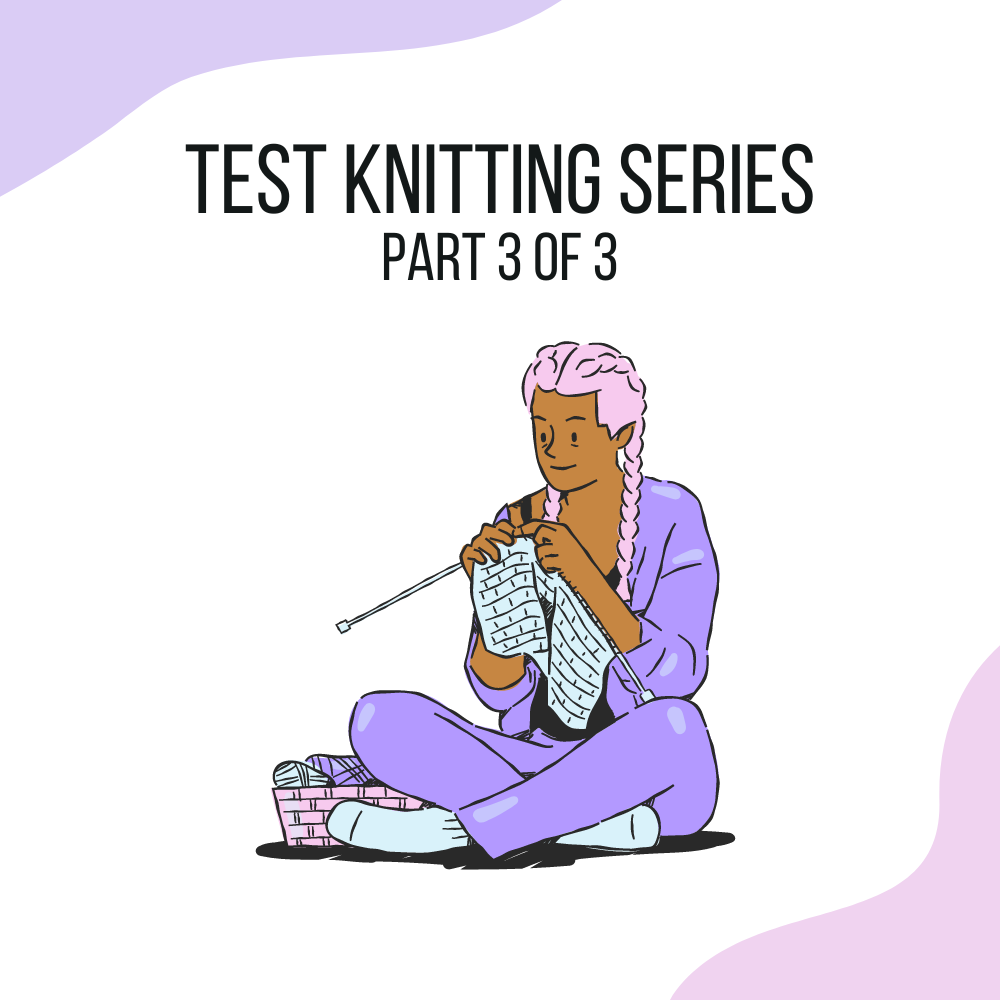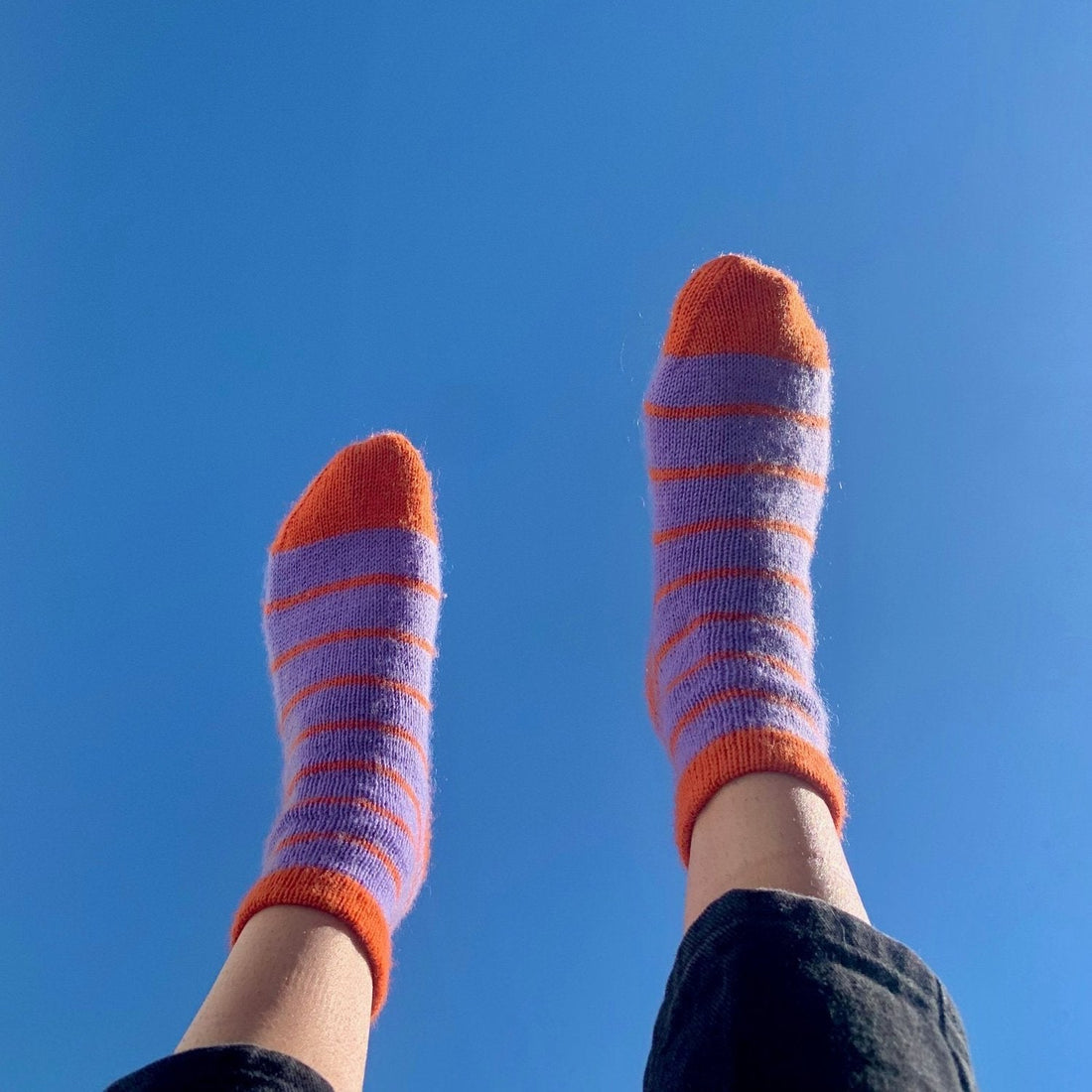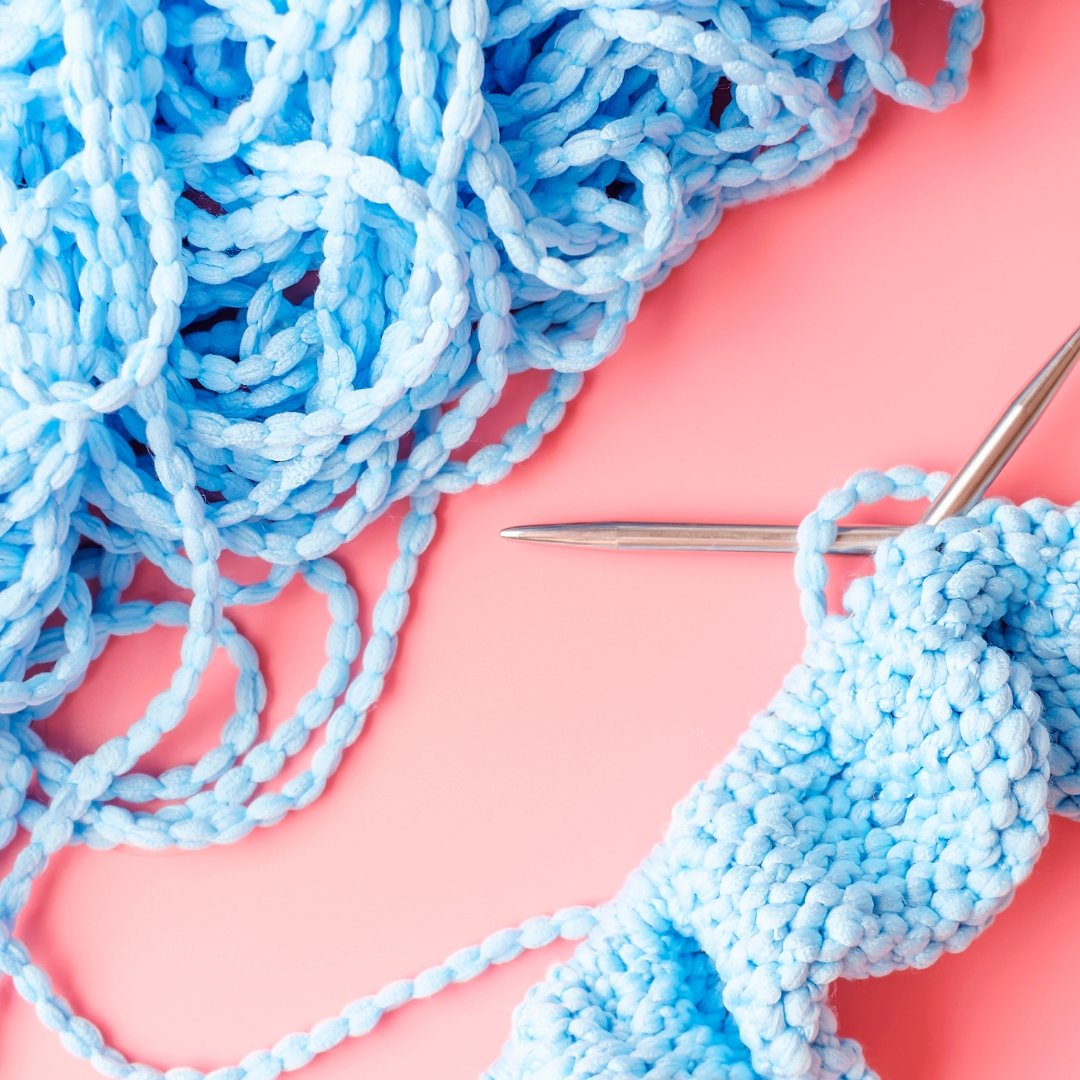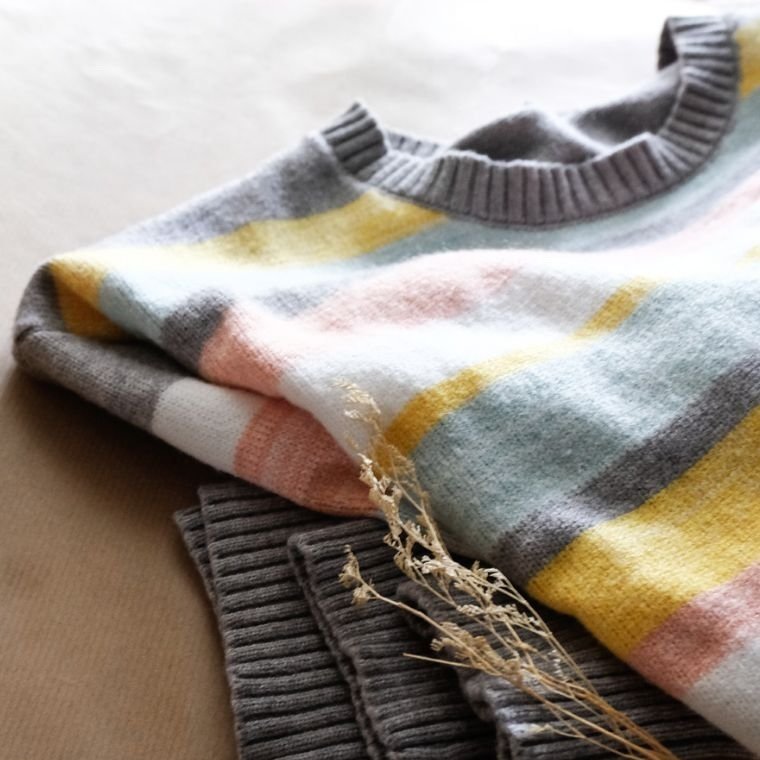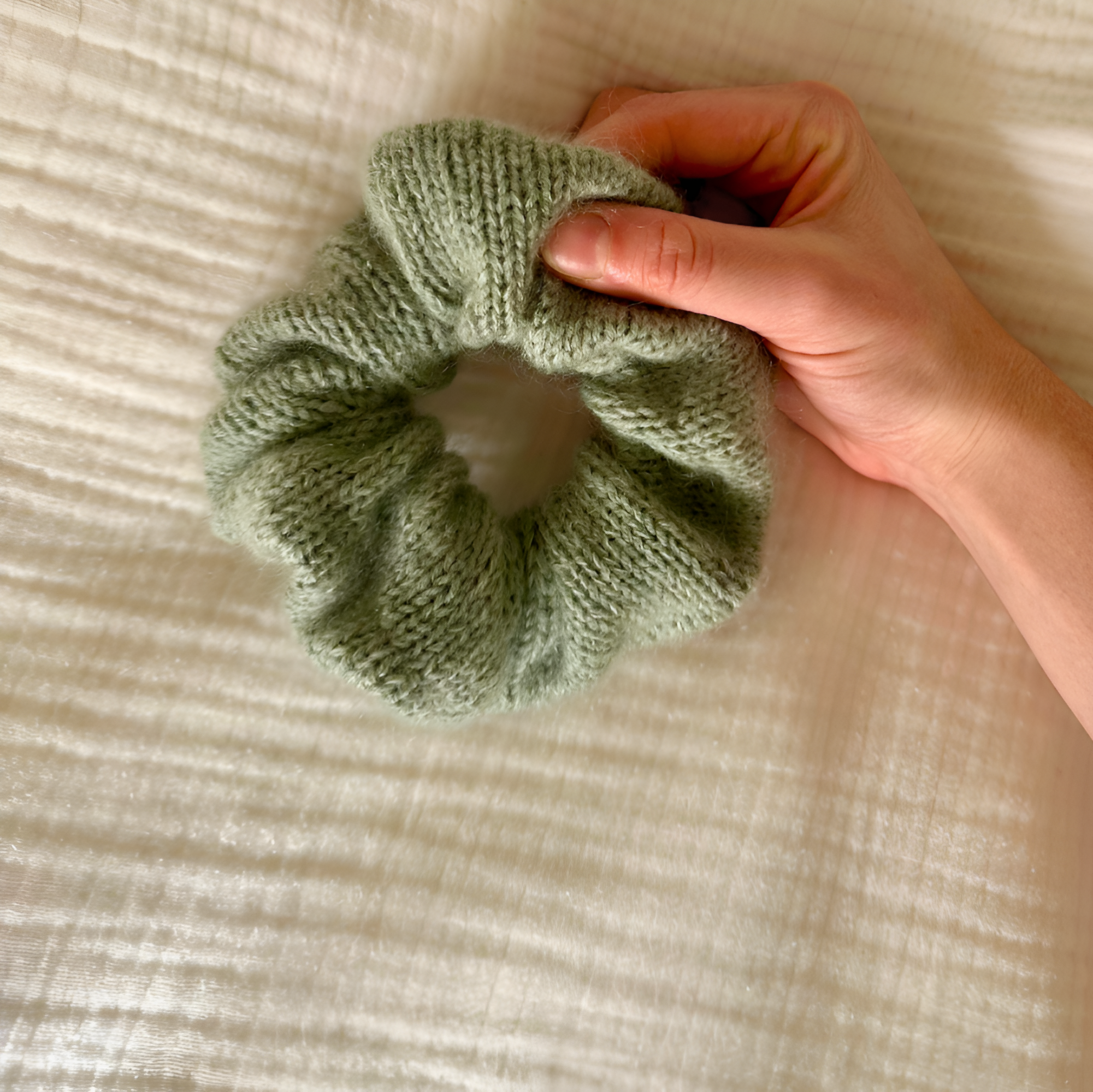Test knitting is essential to create a successful pattern, and being a test knitter has cool perks! Test knitting is great not only for a free pattern, but also for learning more about pattern design, getting involved in the knitting community, and likely increasing your followers on knitstagram! In this post, we go over tips to help you get chosen by designers on test knitting applications and to help you do an awesome job during the process! This post is perfect for you if:
You just learned about test knitting and are looking for tips before applying or getting started on your first test knit.
You have tried applying to one or more test knit applications but haven’t been chosen at all or as much as you would like.
You have test knit before (maybe even a LOT before) but are looking for tips to make sure you’re doing a good job.

If you relate to any of those points, keep reading to improve your test knitting game!
This post is the 3rd post in a 3 part series on test knitting! Check out the first post to read about the purpose and process of test knitting, and the second post to learn suggestions that test knitters have for how designers can improve the test knitting process!
How to Stand Out in a Test Knitting Application
The tips in this section specifically apply to Instagram but can be applied to any platform that a designer primarily uses, such as Facebook or Ravelry.
1. Have a public knitting-focused Instagram account
One reason why a test knitting application may ask for your Instagram handle is to check out your knitting skills and experience. Some designers try to make a group of testers that have a range of skills, whereas others may have patterns that are suitable only for skilled knitters. Your Instagram profile gives designers a better sense of your skills and helps them see if you’re a good fit to test their pattern.
While having a completely knitting-focused Instagram account is probably best, it’s okay to apply with a personal account too! What really matters with this point is that designers can see some proof of your skills
2. Improve your photography skills
Another reason why a test knitting application may ask for your Instagram handle is that the designer uses Instagram as a marketing platform. Marketing a new pattern launch greatly helps with pattern sales, and one way to market and build hype for a new pattern is by sharing what test knitters make. Potential customers like to see the different variations that testers tried out and want to see that the pattern looks good on someone with a similar body type.
When choosing test knitters, designers may be considering what your photography skills are like. Ask yourself:
Are your pictures aesthetically pleasing and show off your knits in an exciting or eye-catching way? If not, then look up some basic tips to improve your photography skills!
Are you comfortable with taking pictures of your FOs on your body? If not, you could still take nice pictures of your FOs hung up or lying flat!
3. Be active in the community
A third reason why a test knitting application may ask for your Instagram handle is to see how active you are in the knitting community. Designers may want to see if you interact with other knitters and designers regularly. If you do, then when you share photos or recommendations for a pattern, you are reaching a larger part of the audience that they want to reach, which is great!
Ultimately, I would suggest that having a public knitting-focused account will help your chances of getting selected as a test knitter. However, don’t count yourself out if you have a personal account! Following the tips above should still improve your chances. Also, it is important to note that these factors vary depending on the designer. Some designers may not care about your Instagram or social media presence at all.
How to Decrease YOUR Stress as a Test Knitter
To help make sure that you have a good time while test knitting, it is crucial to
4. Read all of the requirements first
Before applying to test knit, make sure you read all of the requirements that the designer gives in the application. If you aren’t comfortable with or don’t like any of the requirements, such as being required to post a certain number of photos by the end of the test knit or being required to work with a specific yarn, then maybe this test knit isn’t for you. If that's the case, it might be best to wait for the pattern to come out. If the requirements are vague or don’t mention certain specifics, then reach out to the designer and ask! It’s best to figure out if you’re okay with all of the requirements before applying so you don’t run into any frustrations, conflicts, or stress down the road.
5. Be honest with yourself if you can meet the deadline
Another aspect that you should seriously consider when applying to a test knit is the deadline. If you’re not sure you’re able to swing it, see if the designer mentions if it's a hard deadline or if it's flexible. If it’s flexible, maybe contact the designer to express your interest in applying but your concern with the deadline. And if the deadline seems hard and unreasonable, you might want to consider reaching out to the designer and politely letting them know that you’re interested but the deadline seems too short. They might be hearing that from others as well, or have been considering making it longer anyway, and they might extend it or make it flexible. However, if the deadline is hard yet reasonable, and you feel like it might be hard to meet, then be honest with yourself. You don’t want to end up stressing yourself out or hurting yourself by trying to crank out the project!
How To Do an Awesome Job as a Test Knitter
6. Get approval for modifications
Something that a lot of knitters do is modify knitting patterns to suit their tastes and body shape. For example, knitters might work with a different type of yarn or ribbing technique than a pattern calls for. However, when test knitting, it is always best practice to not make certain modifications if the requirements say not to. If the requirements don’t specify whether or not it is okay to make modifications, make sure to ask the designer before making any. Designers want to make sure the pattern is correct as written, and throwing in modifications that change the pattern could throw off the testing process for them and make the pattern less clear or correct when it is launched. So it is recommended to stick to the pattern or ask about modifications before making them.
7. Do your gauge swatches
Gauge swatches are typically not the most fun part of a knitting project, and it is a step that many knitters usually skip. While I recommend that knitters always gauge swatch, it is especially important to gauge swatch when you're test knitting! If you don’t swatch and your gauge is off, your test knitting project could end up either way too big, way too small, or just kind of… off. And that is very disappointing for the designer because your test knit would basically be invalid for them to consider. The test knitter wouldn’t be able to give constructive feedback, and the designer wouldn’t be able to get photos from the test knitter for the launch or pattern itself. Swatching will help guarantee that the pattern will be completed accurately, and the whole process will go much more smoothly.
8. Give feedback!
Speaking of constructive feedback, make sure to give it! Designers really want to hear your honest thoughts on the pattern to make it the best it can be when it is launched. If you feel like something is worded confusingly or if you find a number is incorrect in the pattern, make sure to let them know! That’s why they are working with test knitters, to begin with!
9. Engage with other test knitters
If you are put into a group chat on Instagram with other test knitters, try your best to engage with them! Share what yarn you’re using, what you’re enjoying about the pattern, or what you’re struggling with. The other testers are working through the same pattern as you and will likely be able to relate and connect on the experience. You can also ask for help if you find a part of the pattern confusing, and it could help bring issues to light that the designer finds they should iron out. Also, test knitting is a great way to meet new online knitting pals, so take advantage of the opportunity. Give the other test knitters a follow and stay in touch during and after the process!
10. Don’t ghost
Last but not definitely not least, DO NOT GHOST the designer if you feel like you aren’t able to finish the test knitting project in time to meet the deadline. Ghosting is probably the worst thing you can do as a test knitter to a designer. As a designer, it can be frustrating because the size you signed up to test knit for won’t be tested and could cause issues for the designer and people who purchase the pattern down the road. Instead of ghosting, reach out to the designer personally. Let them know why you won’t or why you think you won’t be able to meet the deadline. The designer will appreciate that you let them know, and they may even be able to extend the deadline. Communication is key!
Following the tips above will help ensure that test knitting is a fun and positive experience for you as a test knitter, which it totally should be! The first time you test knit can be a little intimidating, but you’ll quickly see that it’s actually not that intensive as a process. Ultimately, test knitting is a great way to help out the knitting community, connect with other knitters, get a free pattern and maybe some compensation, and learn a little bit about pattern design!
This post is the 3rd post in a 3 part series on test knitting! Check out the first post to read about the purpose and process of test knitting, and the second post to learn suggestions that test knitters have for how designers can improve the test knitting process!


